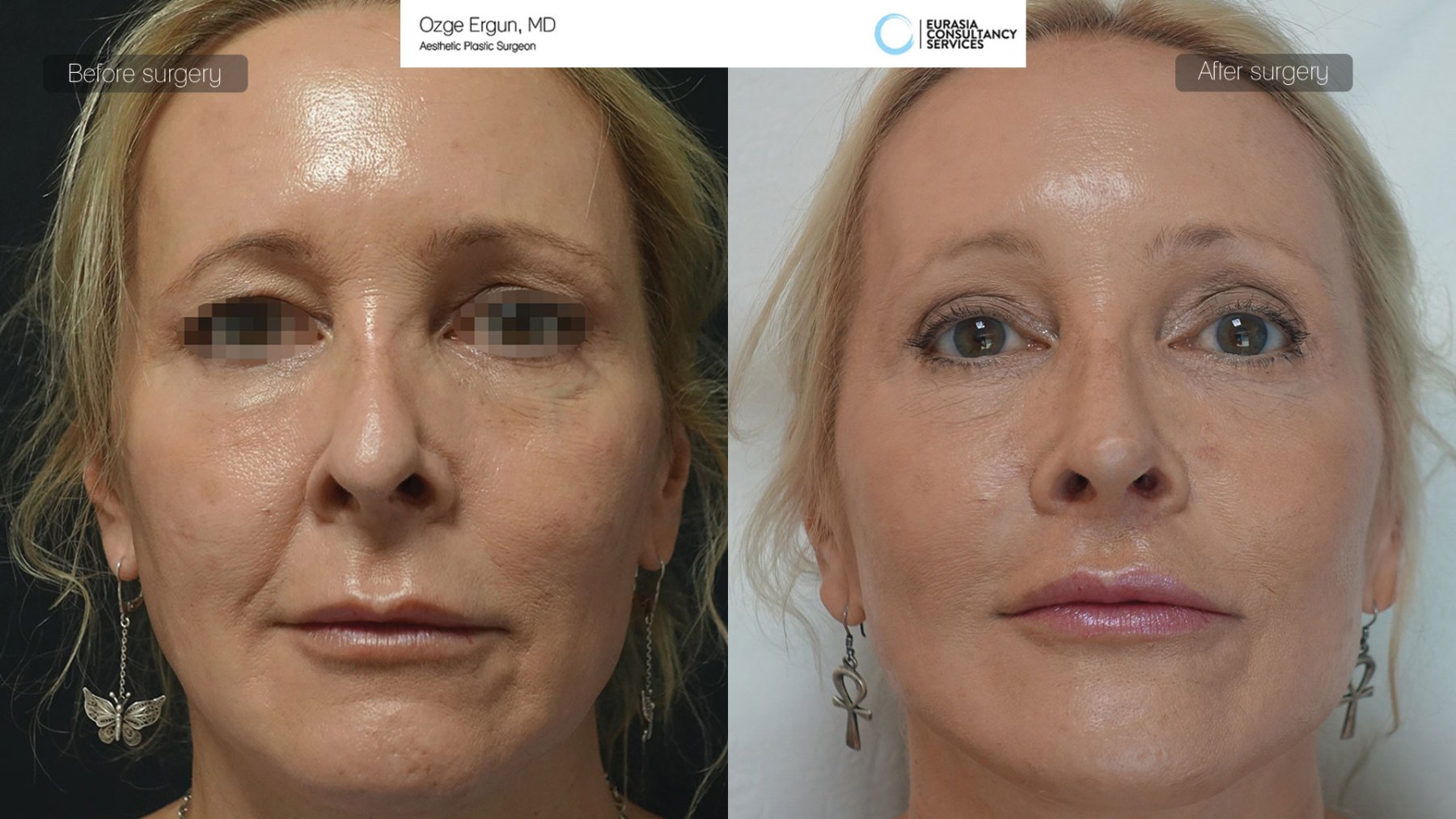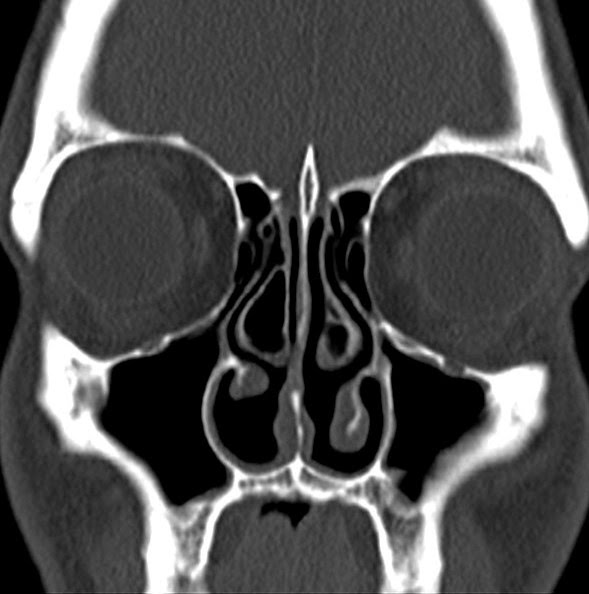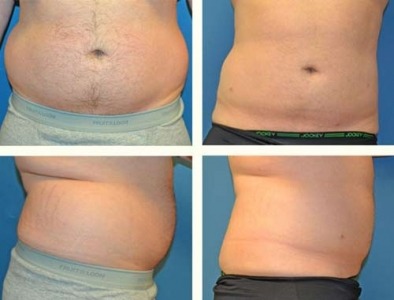
A number of factors influence the cost for a facelift. These include the reputation and expertise of the surgeon. You will also need to consider the time required for recovery and any possible complications. A natural-looking facelift is far more beneficial than the price of the procedure. Therefore, it may be worthwhile to spend a little more on the procedure. Read on to learn more about the costs of facelift surgery.
Cost of facelifts can be influenced by reputation and experience
The reputation of the surgeon as well as their credentials are key factors in determining the cost of facelift surgery. The American Society of Plastic Surgeons suggests that you choose the best surgeon for your needs regardless of their price. While the surgeon's fee is an important consideration, other factors should be considered as well, including the surgical facility and the number of staff in the facility. Experiential surgeons charge more for facelift surgeries but produce better results.
Depending on the surgeon, a facelift can cost anywhere from $8,500 up to over $20,000 depending on who you choose. Many people do not have the means to pay this amount and must find financing options. While credit cards are often accepted, the cost of the surgery can be significantly higher if you do not have adequate coverage through your health insurance plan. Third-party financing is available for procedures that are not covered under insurance.

Recovery period
Follow these post-operative instructions to help you recover from a facelift. You will be asked to follow instructions on pain medication and avoiding food after midnight. After the face lift, you should rest and drink lots of water. Avoid driving for the first 48 hours. If your job requires that you drive, arrange to have someone stay with you for the first few days. There will be swelling and bruising for the first week following your facelift.
Pain and discomfort following surgery are normal. You will be given medication along with instructions for how you can care for your incisions. To prevent swelling or bruising, a bandage is placed under the chin. Dr. Funcik will provide detailed instructions for your recovery, including when to remove the dressings and when to schedule follow-up appointments. After the surgery is completed, you will notice a significant improvement in your appearance as well as the feeling of your skin. The cost of a facelift may take several months before you feel the full effects.
Complications
An average price for a facelift surgery is $6,000 to $15,000. This includes the cost of anesthesia (between one and three-quarters of the total cost), the hospital fee (500-two-thousand dollars), and the surgeon's fees. Patients who have had too much sun exposure and/or less flexible skin tend to take longer for complications to heal. Here are some of the most common complications that can occur after a facelift surgery.
Recovery time depends on the surgeon's skill and the procedure's location. Most patients will be able return to work in 5 to 7 days. Patients may experience some swelling or bruising. Patients should avoid strenuous activities for at least six weeks following surgery. The final result should be visible in 4 to 6 weeks. It will continue to improve for several additional months. During this period, the incision lines may take six months to fully mature.

Cost
There are many factors that influence the cost of a facelift surgery. Costs are affected by the reputation and experience of the surgeon. One example is a surgeon who has been working in the field for 20+ years, and who performs more facelifts than a novice surgeon. Also, the image of a surgeon can play a role. A surgeon who has a good reputation will charge less than one with less.
Before you go ahead with your surgery, it is important that you discuss your expectations with the surgeon. Your general health and facial bones will be assessed by the surgeon. Your medical history will be reviewed during your consultation. Avoid smoking and medications that can cause side effects. These may also lead to scarring and bleeding. Additionally, you may need to be off work for a couple of weeks after some procedures.